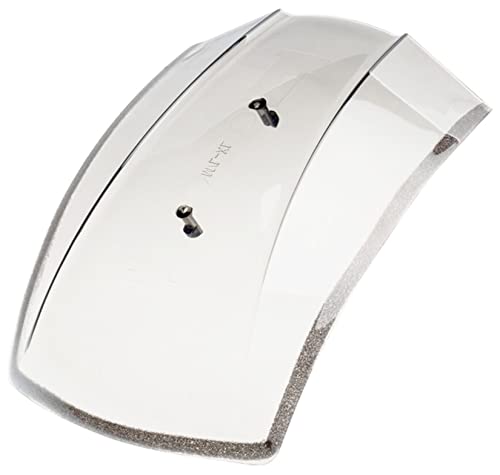Joe and I have been going back and forth on this for a while and what to try.
I'm trying to explain this and include references to make it easier to follow.
The reason for going here in the first place is because
the off idle jet passage isn't adjustable and it's very obvious for both of us judging by the over rich odor out the exhaust our carbs were running rich at idle even though the idle mix screw is adjusted lean.
Here's the catch:
What is happening and what do you do if it's idling good but too rich, but you can't go leaner because you'll be too lean for a good idle?
I have tried reducing the idle jet from .50 mm to .45 mm to get leaner. I had a hard time getting an idle.
FYI, .05 mm is like splitting a hair down the middle. It's that small.
A clue what's happening after reading the Weber manual
Chapter 5 page 29.
Here's a clip of paragraph 6:
Getting enough gas for a burn is one thing, getting enough
air for the burn is another.
By introducing bypass air with a hole in the throttle plate, we have added air to the mix.
Air that is needed for a better cleaner burn.
The added air should lean this transition spot.
And it does.
This led us to looking closely at the idle transition circuit.
Close to the idle transition is where the throttle plate spends a lot of it's time while cruising so if we could get better control over this spot (go leaner) then we might increase mpg also.
Worth a shot right.
I drilled a .95 mm hole first and noticed a leaner burn smell right off the bat.
Test ride felt smoother in the transition spot so I went to 1.5 mm.
Test ride smooth and tamed the off idle surge which has made the power come on as a smoother flow.
These things are hard to explain sometimes but I'm saying there is an improvement.
The exhaust odor is certainly much less rich smelling.
The 'pops' out the exhaust when you put your hand over it feel much more even.
My plugs go dark at idle but clean up while riding.
I may try a larger hole.
Joe has drilled a 3 mm hole.
He is running the model carb with a bigger venturi choke.
So far his reports are gleaming with nothing but improvement in idle and smoother power flow.









































